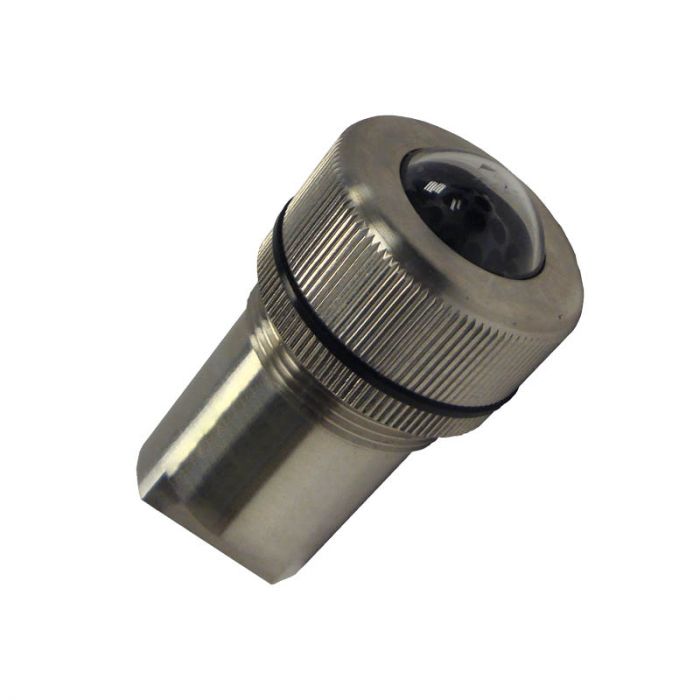4229/4429 Pneumatic Indicator
AMOT Model 4229/4429 Pneumatic Indicator offers an inexpensive, highly effective means of displaying the status of pneumatic components in a system.
Features
- High contrast display
- 180° visibility
- Panel mounted
- Seven color combinations available
- Pressure actuated, spring return
- Aluminum, Model 4229B
- Stainless steel, Model 4429B
- 1/4" Pipe connection
| Body, bezel and nut: | 4229B 4429B |
Black gulfproofed aluminum 316 stainless steel |
|
| Lens and guide: | Polycarbonate | ||
| Indicator: | Polypropylene | ||
| Piston: | Ryton | ||
| Seal ring: | Standard Optional |
Buna N/Nitrile Viton |
|
| Operating pressure: | Minimum Maximum |
1.4 bar 10.3 bar |
20 psi 150 psi |
| Operating temp.: | Minimum Maximum |
2°C 66°C |
35°F 150°F |
Accessories
- 9506 – Lens
- 7898L001 – Seal ring, Buna B (Standard)
- 7898L002 – Seal Ring, Viton
- 9630 – Panel Gasket
- 361L093 – Retaining Ring
- 270 – O-Ring, Buna N (Standard)
- 712 – O-Ring, Viton
-
Quick and reliable visual indication of pneumatic system status
In the non-pressurized condition, the array of nineteen indicator pins is concealed within the matrix of the pin guide. When the minimum operating pressure is applied to the port, the pins extend through the matrix. They will remain in the forward visible condition until the pressure is removed. It is satisfactory for use with clean, dry air or gas in systems with pressures from 20 to 150 psi. The Indicator does not consume air or gas in either condition. It is non-electric and inherently explosion-proof.
The Indicator offers an inexpensive, highly effective means of displaying the status of pneumatic components in a system. AMOT designs and tests all products to ensure that high quality standards are met. This product should last for many years. For good product life, carefully follow our installation and maintenance instructions; failure to do so could result in damage to the equipment being protected.





